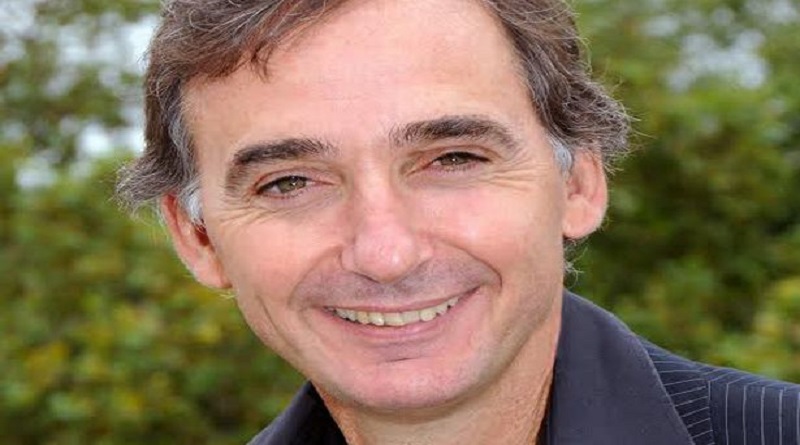How low-cost housing could cut malaria transmission in Africa
Despite a 50 percent reduction in malaria infections in sub-Saharan Africa over the last fifteen years, almost half of the world’s population still remains at risk of the deadly disease. Insecticide-treated nets are responsible for 68 percent of the decline in malaria transmission, but more could be done to help reduce the burden of disease and help reduce the dependency on insecticides – including Dichlorodiphenyltrichloroethane (DDT).
Professor Steve Lindsay, a public health entomologist and expert in vector-borne diseases said, “The use of insecticides to eradicate malaria is the number one reason we’ve seen a major decline in the disease in recent decades, but unfortunately what we’re also seeing is growing resistance of mosquitoes to these insecticides.”
The production and use of DDT – a persistent organic pollutant – is restricted worldwide to disease vector control. In many tropical regions DDT is sprayed on the interior of houses to keep malaria carrying mosquitos away. However, when a mud-walled house is left to be washed away in the rains or replaced, DDT can make its way into the food chain where it is toxic to a wide range of living organisms.
Professor Lindsay made his remarks at the recent UN Chemicals and Waste Convention in Geneva, where he shared a design for low-cost housing in Africa that could greatly reduce dependence on DDT and other insecticides as a means of eradicating and controlling malaria. The new design prescribes replacing thatched roofs with tin roofs and mass producing doors and windows with proper screening.
“Around 429,000 people die of malaria every year, with Africa bearing 92 percent of fatalities. What most people don’t realize is that 80 percent of malaria transmission takes place in the home. That’s why improved housing needs to be considered as part of an integrated strategy for keeping malaria at bay and reducing our reliance on insecticides. UN Environment can help spread the message about this new innovation to architects, engineers, planners, policymakers and communities.”
According to Professor Lindsay, housing is already improving in Africa, a trend which continues to go largely undocumented. On a continent where the population is expected to double by 2050 it is critical to build houses that can reduce malaria transmission. In urban areas, where a series of viruses like dengue, yellow fever and Zika are transmitted by an urban mosquito called Aedes aegypti, smarter cities need to be built that will help protect the lives and health of millions of people.
“We’re talking about a possible environmental and humanitarian disaster. If yellow fever got into some of the mega-cities of South East Asia with 20 plus million inhabitants, you could have a major public health crisis,” said Lindsay.
Aedes aegypti was originally a West African Forest mosquito that made its way to Latin America in the water containers aboard slave ships. It has since moved around the globe in the water contained in old car tyres, which when rained upon provide an ideal habitat for the mosquito eggs to hatch and the immature stages to flourish – not unlike the tree holes favored by their ancestors living in a West African forest.
“That’s why poor urban planning is so deadly. Storage of water in open containers, guttering where water collects, open drains, car tyre dumps and mounting waste are prefect breeding grounds for these mosquitos. I’m working with the World Health Organisation (WHO) on this issue and we’re knocking on the doors of those working in the environment and the built environment to spread the word that to build resilient and sustainable cities we need to reduce the threat from mosquito-borne diseases. We look forward to working with UN Environment’s to help us do this.”
UN Environment in joint collaboration with the WHO recently launched a project with the support of the Global Environment Facility to strengthen national capacities for innovative implementation of integrated vector management for disease prevention and control in the WHO African region.
The WHO says new technologies will need to be developed to deal with malaria and that the fight will require strong political commitment and financing from governments. The WHO’s Global Vector Control Response is a new strategy designed to meet a set of new and potentially deadly challenges presented by a combination of poor vector control, poor housing and planning, and rapid population growth.
The major achievement of this year’s UN Chemical and Waste Convention – which was attended by 1,300 participants from more than 170 countries – was the approval for listing of seven new hazardous chemicals.




